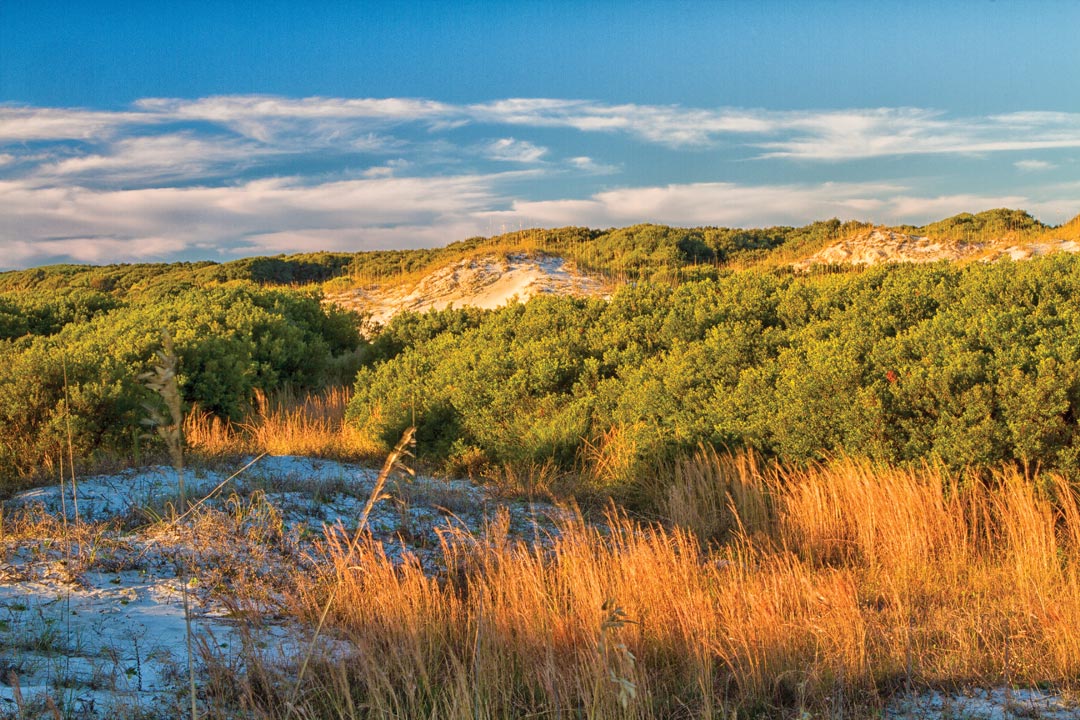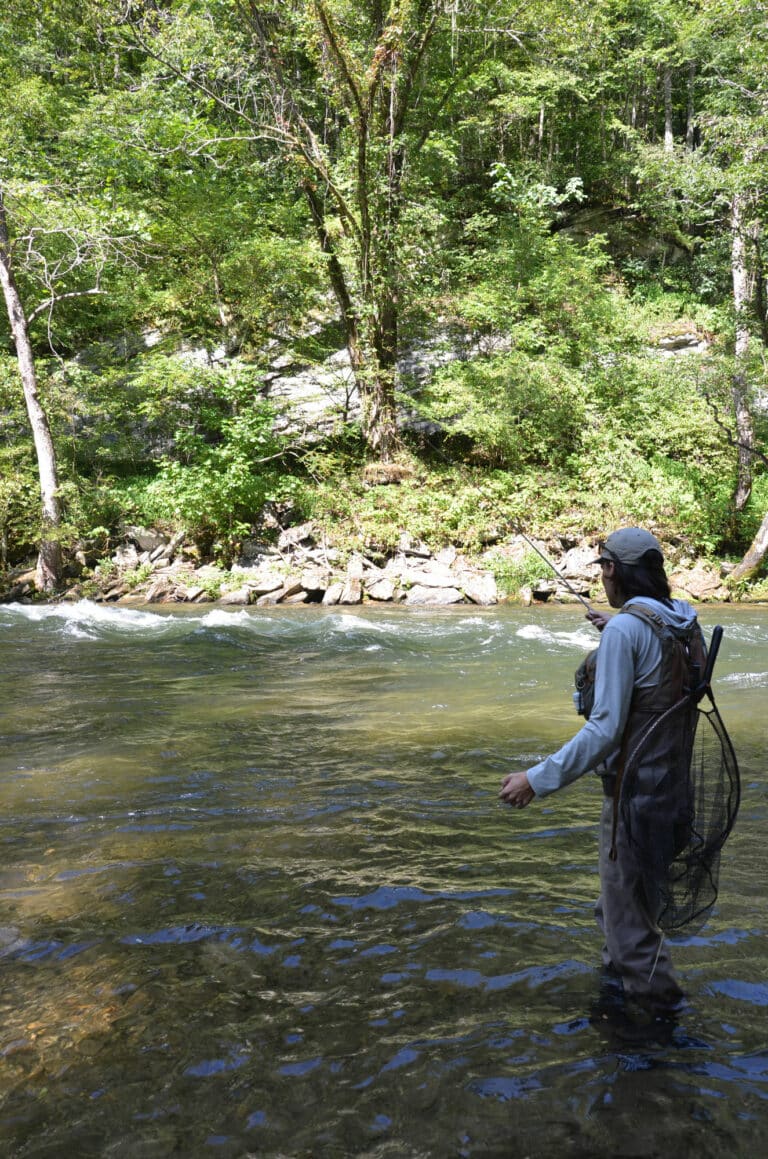Camden County, Georgia, is proposing to build a commercial spaceport that would launch orbital and sub-orbital rockets eastward over populated areas, including the Intercostal Waterway, Little Cumberland Island, and Cumberland Island National Seashore.
But according to litigation filed by the Southern Environmental Law Center (SELC) on October 17, 2018, the risks of the project have not been fully disclosed to the public.
Every other spaceport in the United States launches directly over the ocean. But the proposed Spaceport Camden site would launch over dozens of private residences and a national park that hosts tens of thousands of visitors each year. This would jeopardize hikers and force closures of the national park for weeks at a time.
It’s also located on a toxic site that has already experienced deadly explosions. Morton Thiokol, Inc. manufactured booster rockets on the site for NASA, including the space shuttle Challenger in the 1980s. Those Thiokol-built rockets failed and caused the infamous shuttle to explode just 73 seconds into flight in 1986. Fifteen years earlier, Thiokol was involved in another tragedy in Camden County on the banks of Todd Creek: an industrial fire and explosion killed 29 and injured 50, with shock waves shattering windows up to 11 miles away. Later, Union Carbide produced highly toxic methyl isocyanate gas on the site. The gas is famous for a 1984 tragedy in Bhopal, India, where it spilled at the city’s Union Carbide plant and was eventually held responsible for more than 20,000 deaths.
“It’s the worst possible site for a commercial spaceport,” said Kevin Lang, whose family owns property on Little Cumberland Island. “It endangers people, wildlife, property, and public lands.”
With all of this contamination on a site surrounded by water, environmentalists worry the construction and rocket launches will cause severe water contamination.
“There have been no studies on vibrations, extreme heat, fuel spills, and other potential impacts that happen regularly at rocket launch facilities,” says Megan Derosiers, executive director of the nonprofit 100 Miles. “How will construction affect the existing contamination on that site? None of these concerns are addressed in the Environmental Impact Statement, and Camden County isn’t talking about them. These are huge concerns—especially because of the hazardous waste landfill that is on the site now, that sits right on the bank of Todd Creek. And that bank is eroding. And so with vibrations, and continued disruption, thanks to the spaceport, that site will continue to get worse over time.”
‘This dispute is really about documents’
In order for Camden County to acquire a Launch Site Operator License from the Federal Aviation Administration (FAA), Camden County is required to submit both a risk analysis, called a Hazard Analysis, and a Draft Environmental Impact Statement (DEIS) to the FAA.
Through the Freedom of Information Act (FOIA), in March 2018, SELC submitted two requests to the FAA asking for the disclosure of documents that relate to the DEIS and the Hazard Analysis for Spaceport Camden.
When the SELC filed the FOIA requests back in March, the FAA acknowledged receipt of the requests but did not provide a determination—acknowledgement that responsive documents exist, claims that certain exemptions may apply, and a timeline for when those documents will be produced.
By law, FOIA requests should receive a response within twenty days. After six months with no response from the FAA, the SELC filed suit.
“This dispute is really about documents,” says SELC attorney Brian Gist. “This litigation doesn’t impact the environmental review process and the permitting for the facility. This is solely about whether, when, and how FAA will provide the requested documents.”
Line in the sand
“They’re going to be shooting rockets over us,” says Lang. “If a rocket explodes, it’s kind of unclear how we’re supposed to get off the island.”
According to the DEIS, the probability of a launch failure at the proposed spaceport is approximately one to three explosions every two years. The DEIS says that launch failures typically occur at the launch pad soon after ignition, after the rocket is in flight, during the return flight, or at the landing site for first-stage landings.
As stated in the DEIS, debris from explosions at the launch pad “would be expected to impact within the launch site boundary or on land or in water within the hazard area.” But the DEIS does not identify the geographic limits of this hazard area.
According to SELC’s lawsuit, the Hazard Analysis also likely contains other critical information currently unavailable to the public such as potential damage to fisheries, saltmarshes, and waterways and estimates of human fatalities.
Steve Weinkle is a concerned Camden County resident and lives about six miles from the site of the proposed spaceport. Weinkle says he has seven outstanding FOIA requests with the FAA and that his concern with the spaceport is primarily an economic one. “I’m a retiree,” says Weinkle. “I’m on a fixed income. I have seen my property taxes increase because of this proposed spaceport.”
Weinkle says that after two years without response from the FAA regarding his FOIA requests, he received a call from the FAA on October 18, 2018 and believes that the FAA is anxious to correct their prior failures to follow FOIA.
According to the FAA, the FAA does not comment on pending litigation.








